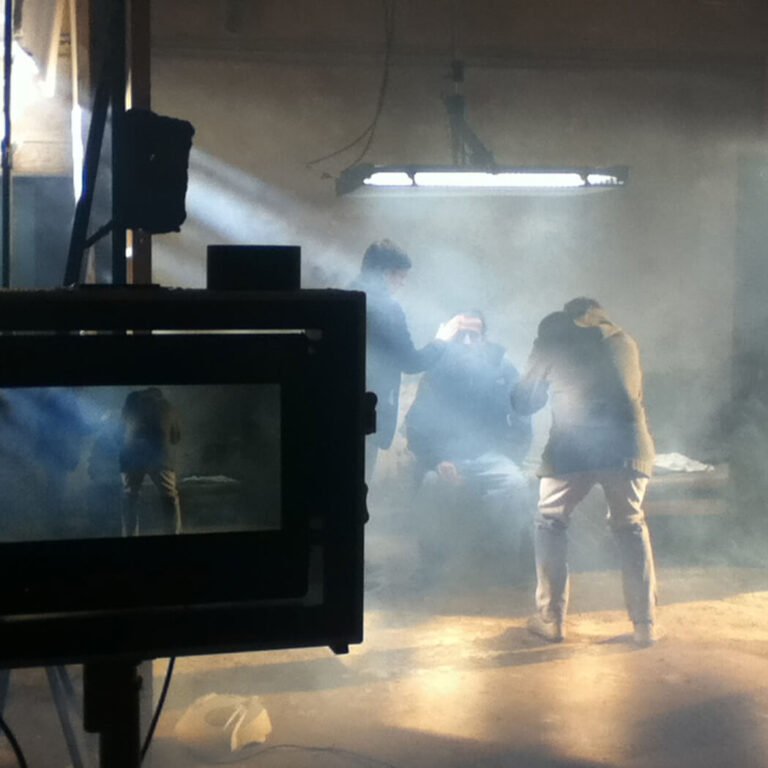Art
“I don’t know anybody who needs a critic to find out what art is.”
Ansel Adams [1902 – 1984]
Art
The importance of art is frequently socially particular, shared among individuals from a given society, and wards upon social connection. The motivation behind centerpieces might be to impart political, transcendental, or philosophical thoughts. To make a feeling of excellence, to investigate the way of recognition, for delight, or to create forceful feelings. Its motivation may likewise be apparently nonexistent.
The way of art has been described by philosopher Richard Wollheim as “one of the most elusive of the traditional problems of human culture.” It has been characterized as a vehicle for the expression or correspondence of feelings and thoughts. The methods for investigating and recognizing formal components for their own particular purpose. All the more as of late, thinkers influenced by Martin Heidegger have translated art as the methods by which a group creates for itself. A medium for self-expression and understanding.
Broadest Sense
In its broadest sense, is a type of correspondence. It implies whatever the craftsman expects it to mean. This importance is molded by the materials, strategies, and structures. Is a demonstration of communicating emotions, considerations, and perceptions.
It may be characterized in terms of imitation (its representation of reality), expression, communication of emotion, or other qualities. During the Romantic period, it came to be seen as “a special faculty of the human mind to be classified with religion and science”. The definition of what constitutes art is disputed and has changed over time. General descriptions mention an idea of imaginative or technical skill stemming from human agency and creation.
Any brief definition of art would oversimplify the matter. We can say that all the definitions offered over the centuries include some notion of human agency. Whether through manual skills, intellectual manipulation, or public or personal expression. Recall that the word is etymologically related to artificial — i.e., produced by human beings. Since this includes many types of production that are not conventionally considered to be art. Perhaps a better term for them would be visual culture. This would explain why certain preindustrial cultures produce objects that Eurocentric interests characterize as artistry. Even though the producing culture has no linguistic term to differentiate these objects from utilitarian artifacts.







